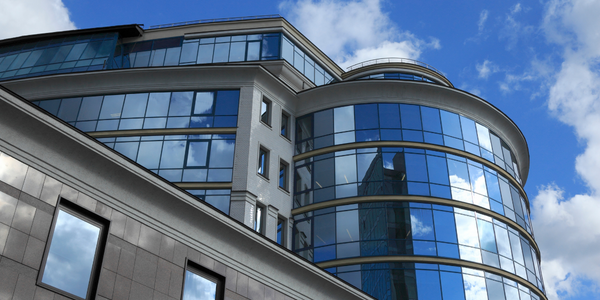Applicable Industries
- Buildings
About The Customer
Redo Sgr is a real estate company based in Italy. The company is committed to integrating Environmental, Social, and Governance (ESG) criteria into its investments. As part of this commitment, Redo Sgr decided to undertake the GRESB rating to measure and benchmark its sustainability performance. The company monitors 24 assets and was looking for a way to achieve comprehensive coverage of energy consumption in all these buildings. Redo Sgr was also aiming to improve its benchmark reports issued by the GRESB rating.
The Challenge
Redo Sgr, a real estate company based in Italy, was faced with the challenge of integrating Environmental, Social, and Governance (ESG) criteria into its investments. The company decided to undertake the GRESB rating to measure and benchmark its sustainability performance. However, the challenge was to achieve comprehensive coverage of energy consumption in all the buildings they monitored. The company was also aiming to significantly improve its benchmark reports issued by the rating.
The Solution
Redo Sgr collaborated with Deepki, a company that specializes in data collection and GRESB capabilities. Through this collaboration, Redo Sgr was able to achieve 100% coverage of energy consumption in all buildings monitored. This was a significant achievement as it allowed the company to accurately measure and report its energy consumption, a critical factor in the GRESB rating. Furthermore, the collaboration with Deepki also resulted in an improvement of about 50% on all benchmark reports issued by the rating. This improvement was a testament to the effectiveness of the collaboration and the solutions provided by Deepki.
Operational Impact
Quantitative Benefit

Case Study missing?
Start adding your own!
Register with your work email and create a new case study profile for your business.
Related Case Studies.

Case Study
Energy Saving & Power Monitoring System
Recently a university in Taiwan was experiencing dramatic power usage increases due to its growing number of campus buildings and students. Aiming to analyze their power consumption and increase their power efficiency across 52 buildings, the university wanted to build a power management system utilizing web-based hardware and software. With these goals in mind, they contacted Advantech to help them develop their system and provide them with the means to save energy in the years to come.

Case Study
Intelligent Building Automation System and Energy Saving Solution
One of the most difficult problems facing the world is conserving energy in buildings. However, it is not easy to have a cost-effective solution to reduce energy usage in a building. One solution for saving energy is to implement an intelligent building automation system (BAS) which can be controlled according to its schedule. In Indonesia a large university with a five floor building and 22 classrooms wanted to save the amount of energy being used.

Case Study
Powering Smart Home Automation solutions with IoT for Energy conservation
Many industry leaders that offer Smart Energy Management products & solutions face challenges including:How to build a scalable platform that can automatically scale-up to on-board ‘n’ number of Smart home devicesData security, solution availability, and reliability are the other critical factors to deal withHow to create a robust common IoT platform that handles any kind of smart devicesHow to enable data management capabilities that would help in intelligent decision-making

Case Study
Protecting a Stadium from Hazardous Materials Using IoT2cell's Mobility Platform
There was a need for higher security at the AT&T Stadium during the NFL draft. There was a need to ensure that nuclear radiation material was not smuggled inside the stadium. Hazmat materials could often be missed in a standard checkpoint when gaining entry into a stadium.

Case Study
Commercial Building Automation Boosts Energy Efficiency
One of the challenges to building automation is the multitude of non-interoperable communications protocols that have evolved over the years. Buildings have several islands of automation. Bridging the islands of different automation without losing the considerable investment in each specialized control network is the main focus in this solution.








